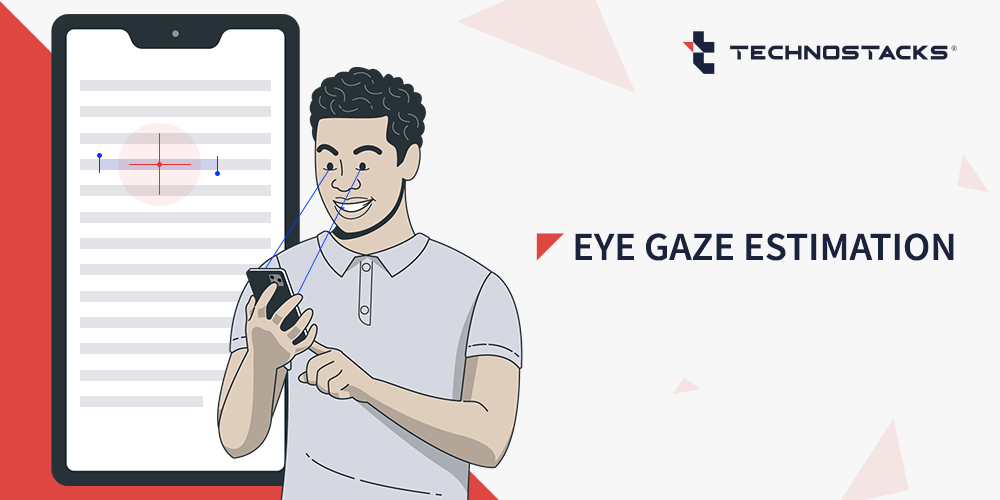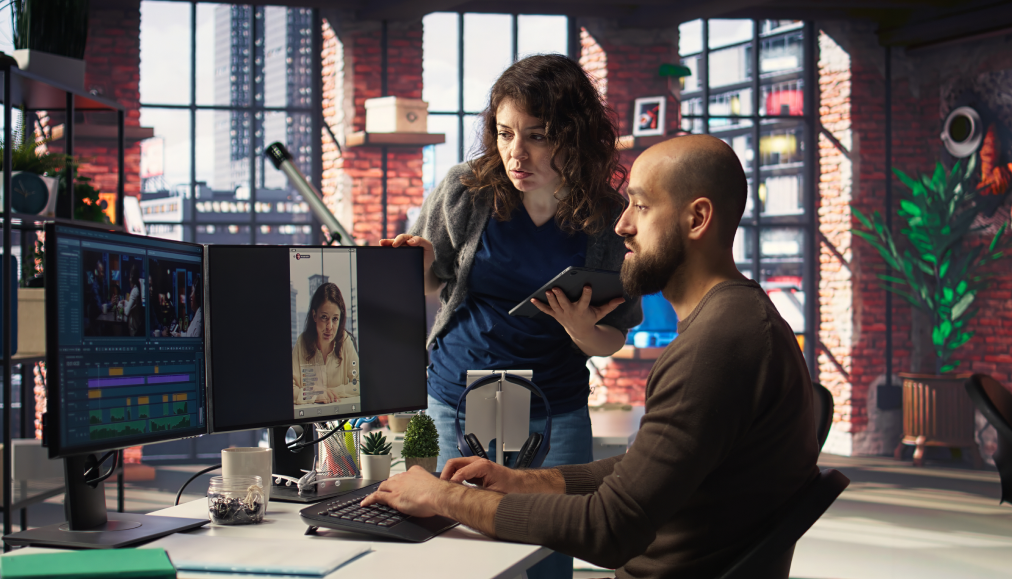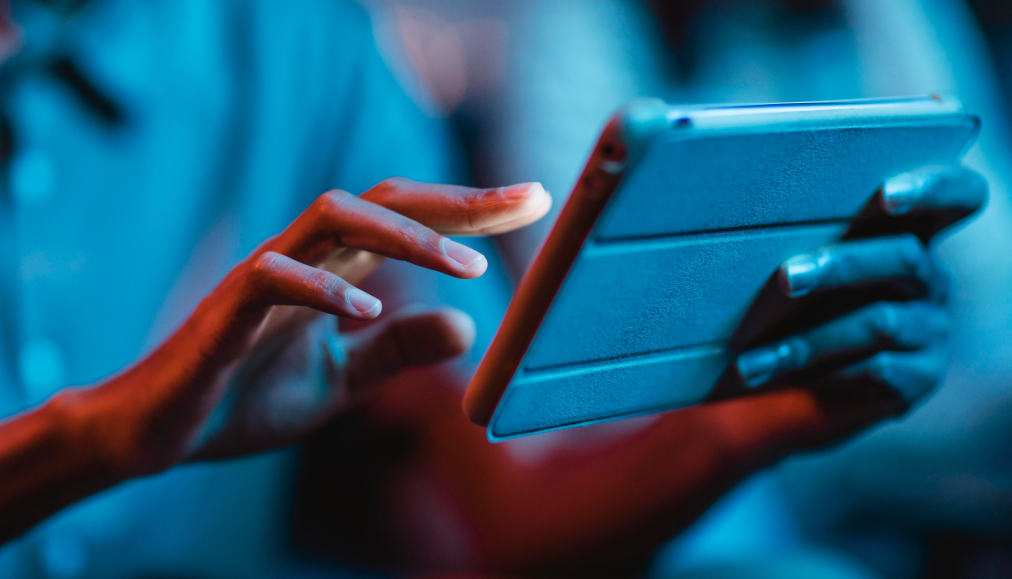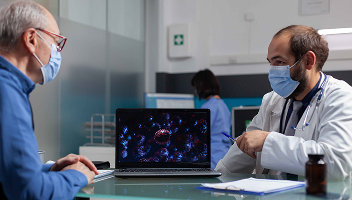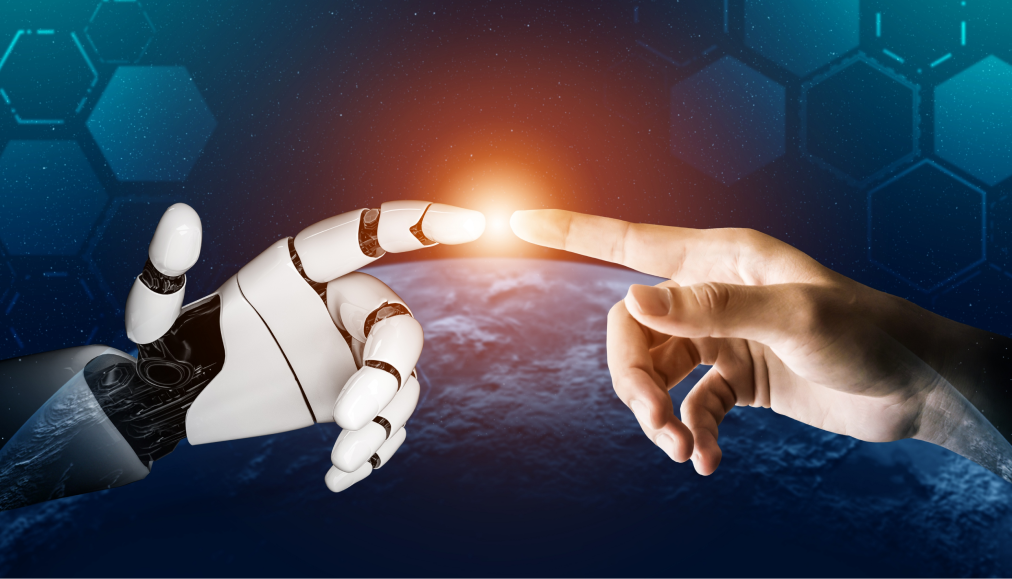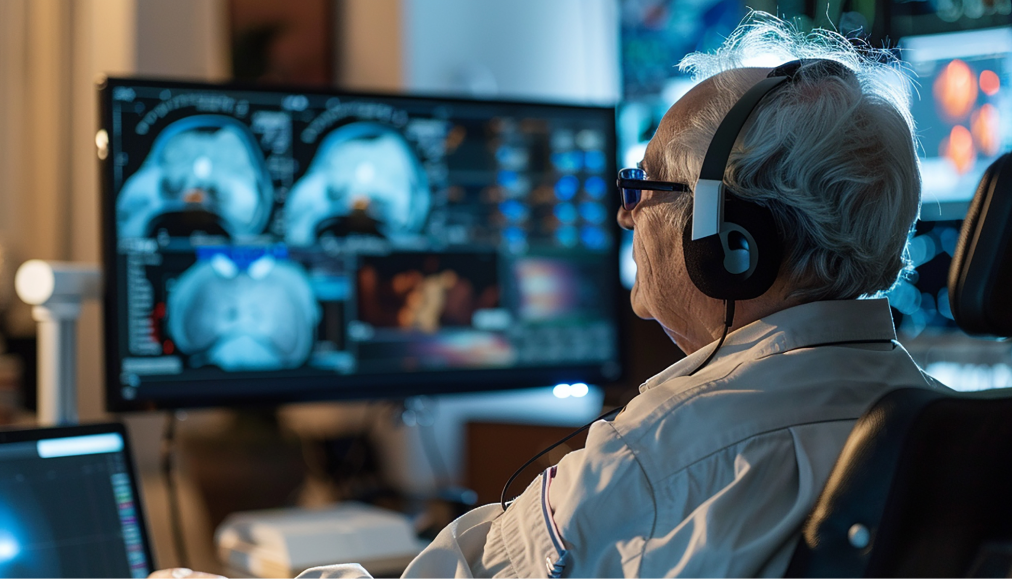Gaze Estimation Using An iPhone To Improve User Interaction
Eye tracking or gaze estimation refers to the process of measuring the direction of the gaze of a given point relative to the head. The concept of eye gaze estimation relates and is certainly possible with a blink of an eye to communicate with mobile devices. The device predicts the movement of the eyeball and displays information accordingly.
How do you calculate gaze?
The eye gaze estimation contains two directions: 3-D gaze vector and 2-D gaze position. 3-D gaze vector refers to a person’s face that predicts the direction of the eye, and 2-D gaze position estimation indicates the horizontal and vertical points from a 2-D screen, allowing the gaze to control like a cursor allowing the human-machine interaction possible. In many projects, the MSE score measures or calculates the Euclidean distance amid two provided gaze direction vectors.
How does gaze estimation work?
With the advancements in technology, a powerful hardware configuration like the iPhone is used to provide users with a unique experience. We will look into how this works when the user is reading the text from the screen.
- When the user points the gaze on the screen, the front camera focuses on one or both the eye location.
- When the user reads the text, the front camera continues to calibrate the minute direction of the eye.
- The software highlights the text as you read and scroll automatically when it reaches the end.
Our software records the eye movements. These eye exercises are known as – Fixation and Saccades. Fixation refers to when the eye gaze pauses in a specific position, and Saccades refers when it moves to another position.
How can this technology be used?
We used this Computational Modelling and Prediction of gaze estimation in reading e-books to improve the reading speed. The page automatically scrolls down without having to click on the next page.
You can see the gaze estimation demo here:-
To further explain, take the example on e-commerce site, the gaze and eye tracking captures your eye coordination to navigate back and forth on the site and complete the purchase.
Benefits of eye tracking technology
Eye tracking can get better the lives of users with motor disabilities by offering an intuitive and fitting input method, or by delivering needed insights into user’s attention. In the past, eye tracking technology was restricted to a laboratory setting for precise psychology research or to different users with disabilities by high-priced and devoted hardware often needing grants from the government bodies.
Why was this of necessity in these past use cases? When provided a picture or photo of a person, we should be capable of finding out the direction of gaze in spite of lacking context or sense of distance or the required depth.
Limitations of this technology
It is, without a doubt, possible to approximate gaze direction from a picture or image of an eye alone. The complexity of this task amplifies with the involvement of a lower number of pixels, the motion blur, less precise illumination scenarios, and vagueness in determining the scope of the eyeball or the actual shape of the iris.
With the limitations mentioned, it is tempting to take up convolutional neural networks with large data sets to resolve the given job of eye gaze direction estimation.
Key Takeaways
With the analysis of eye-gaze estimation, you can understand the reader’s pace and how he moves the page accurately. The Eye gaze estimation software also allows the users to set the pace while reading. The software technology is well equipped for tracking the eye tracker even when the user continuously changes his orientation and position in front of the display.
Technostacks is a leading mobile app development company and has extensive experience in working with gaze estimation technology. You can contact us for more information.
